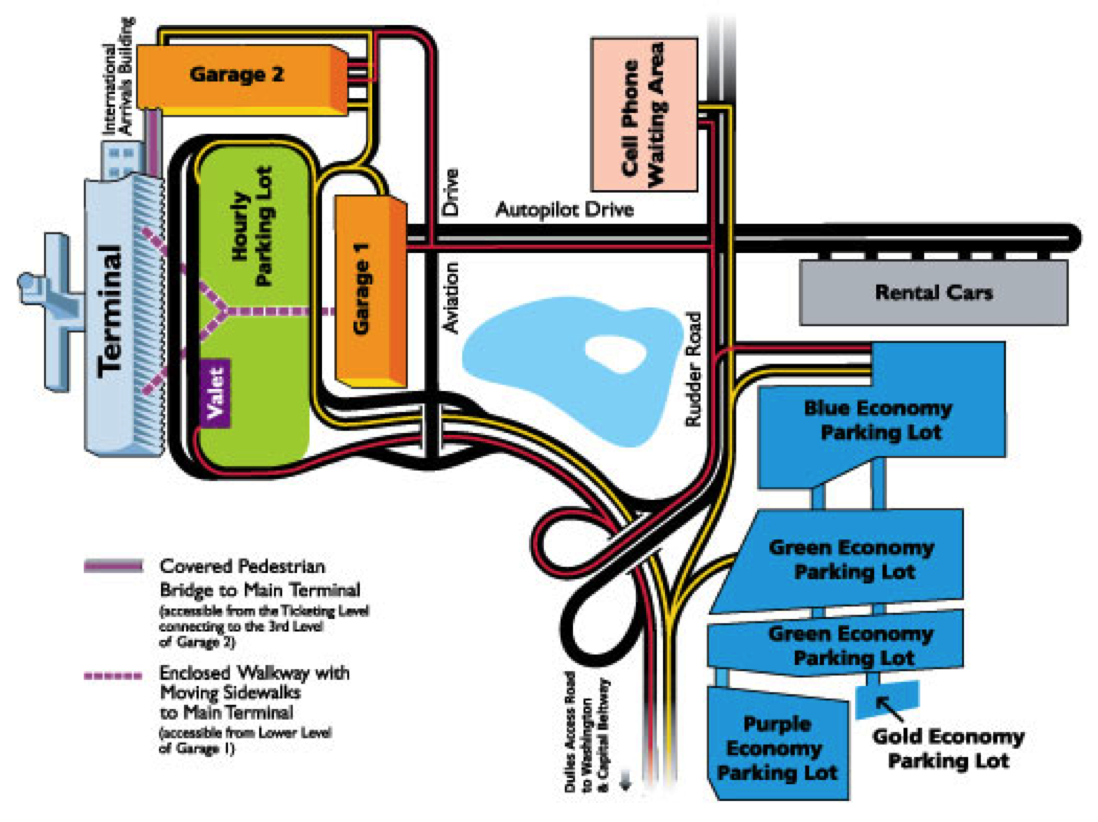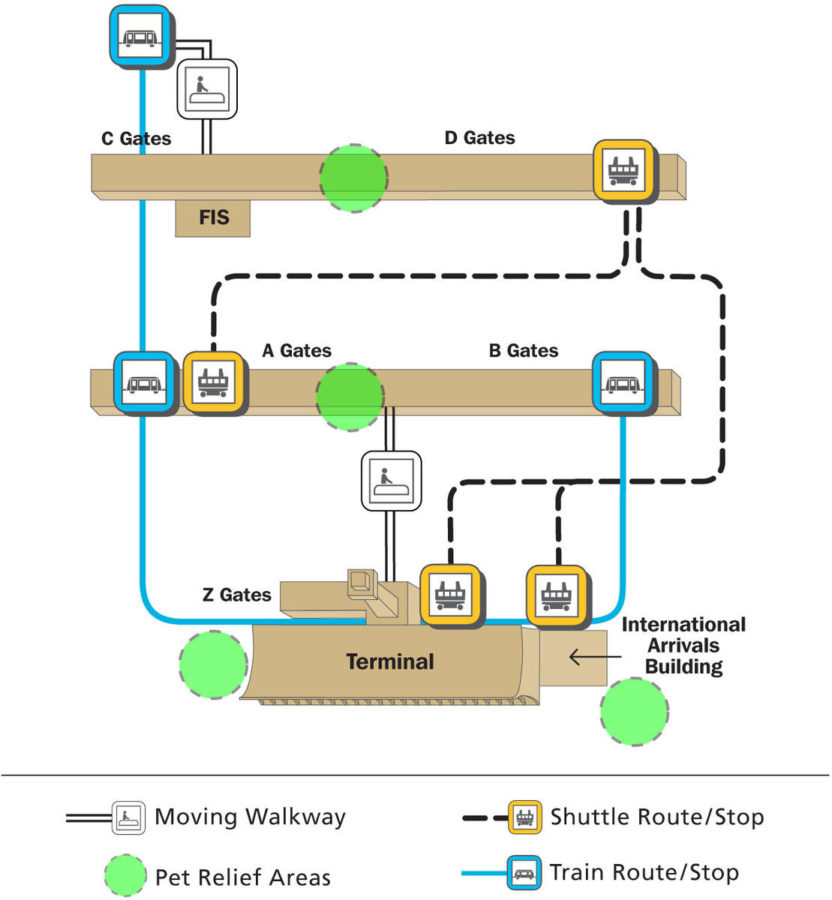“Okay, here is an article about the Dulles Airport map, written in English, aiming for a length of approximately 2000 words.
Artikel Terkait Okay, here is an article about the Dulles Airport map, written in English, aiming for a length of approximately 2000 words.
- Airport Stadium 12
- Car Rental Phoenix Airport
- Okay, Here Is A Comprehensive Article About Airport Car Rentals, Aiming For Approximately 2000 Words.
- Okay, Here Is An Article About Charlotte Douglas International Airport (CLT) In English, Aiming For Approximately 2000 Words.
- Okay, Here Is An Article About Cancun International Airport (CUN) Written In English, Aiming For Approximately 2000 Words.
Table of Content
- 1 Artikel Terkait Okay, here is an article about the Dulles Airport map, written in English, aiming for a length of approximately 2000 words.
- 2 Video tentang Okay, here is an article about the Dulles Airport map, written in English, aiming for a length of approximately 2000 words.
- 3 Navigating Washington Dulles International Airport: Your Essential Guide to the IAD Map
Video tentang Okay, here is an article about the Dulles Airport map, written in English, aiming for a length of approximately 2000 words.
Okay, here is an article about the Dulles Airport map, written in English, aiming for a length of approximately 2000 words.

Navigating Washington Dulles International Airport: Your Essential Guide to the IAD Map
Washington Dulles International Airport (IAD) stands as a monumental gateway to the United States, serving the bustling Washington D.C. metropolitan area and connecting travelers to destinations across the globe. As one of the busiest airports in the country, IAD is a sprawling complex featuring a distinctive architectural design and a unique internal transportation system. For any traveler passing through its halls, whether arriving, departing, or connecting, understanding the airport’s layout is paramount to a smooth and stress-free journey. This is where the Washington Dulles International Airport map becomes an indispensable tool – your key to unlocking the complexities of IAD and navigating it with confidence.
More Than Just Lines and Symbols: Why the IAD Map is Crucial
In the fast-paced environment of a major international airport, time is often of the essence. Missing a flight, getting lost trying to find your gate, or frantically searching for essential services like restrooms or food can turn the excitement of travel into a frustrating ordeal. The IAD map is far more than just a static diagram; it’s a dynamic guide that empowers you to:
- Save Time: By knowing exactly where you need to go – from check-in, through security, to your specific gate, or to ground transportation – you can plan the most efficient route and avoid unnecessary detours. This is especially critical during tight connections.
- Reduce Stress: Uncertainty is a major source of travel anxiety. Having a clear visual representation of the airport layout eliminates guesswork. You know where security checkpoints are, how to get to your concourse, and where to find help if needed.
- Locate Essential Services: Whether you need a quick bite, a place to charge your phone, a family restroom, a pet relief area, or an information desk, the map clearly marks the location of these vital amenities.
- Understand the Unique Layout: IAD’s design, particularly its use of separate concourses and the AeroTrain system, is different from many other airports. The map helps demystify this structure and shows you how to move between different areas.
- Plan for Accessibility: Maps often highlight accessible routes, elevators, and other features important for travelers with mobility challenges.
- Find Ground Transportation: Upon arrival, the map guides you to baggage claim and then to the various options for leaving the airport, including the Metro, taxis, ride-shares, rental cars, and parking shuttles.

In essence, the IAD map transforms a potentially overwhelming environment into a navigable space, putting you in control of your airport experience.
Understanding the Unique Architecture and Layout of IAD

Before diving into the specifics of what the map shows, it’s helpful to understand the fundamental structure of Washington Dulles. Designed by the renowned architect Eero Saarinen, the main terminal building is an iconic structure known for its sweeping roofline. However, the airport’s operational layout extends significantly beyond this central building.
IAD primarily consists of:
- The Main Terminal: This is the central hub where you’ll find airline ticketing counters, security checkpoints, baggage claim, and access to ground transportation. It’s also the primary entry point to the secure side of the airport.
- Separate Concourses (A, B, C, D): Beyond security, gates are located in distinct concourse buildings. Concourses A and B are generally closer to the main terminal and accessible via walking or a short AeroTrain ride. Concourses C and D are further out and are primarily accessed via the AeroTrain. (Note: While there are older areas sometimes referred to as E/F, the main operational concourses for most flights are A, B, C, and D).
- The AeroTrain: This automated underground train system is the primary method of transportation between the Main Terminal and Concourses A, B, C, and D. It’s a crucial element of navigating IAD’s post-security area.
- Mobile Lounges (Historically Significant, Less Common Now): While less frequently used for passenger transport between the terminal and concourses since the AeroTrain’s expansion, IAD is historically known for its unique mobile lounges. These large vehicles would elevate to connect directly to the aircraft door. While the AeroTrain has largely replaced them for inter-concourse travel, they are still used for some specific purposes, like transporting passengers to aircraft parked on the tarmac or to the International Arrivals Building. The map might indicate areas where these operate or their historical significance.

The map visually represents this multi-part structure and shows how these components are connected.
What Does the Dulles Airport Map Show You? A Detailed Breakdown
A comprehensive IAD map will provide a wealth of information, using symbols, color-coding, and clear labeling to guide you. Here’s a breakdown of the key elements you can expect to find:
1. The Main Terminal:
- Levels: The map will typically show different levels of the main terminal, clearly distinguishing between the Departures/Ticketing level (upper level) and the Arrivals/Baggage Claim level (lower level).
- Airline Ticketing Counters: Locations for all airlines operating out of IAD will be marked, usually grouped together logically.
- Security Checkpoints: The map highlights the locations of the various security checkpoints in the main terminal. IAD has multiple checkpoints, and knowing their locations can help you choose the most convenient or least crowded option (though real-time wait times are not on the static map). TSA PreCheck and Clear lanes are often indicated.
- Baggage Claim: Clearly shows the baggage claim carousels on the lower level, often numbered or assigned to specific airlines/flights.
- Information Desks: Look for symbols indicating where you can find airport staff to ask for assistance.
- Access to Transportation: The map shows how to get from the main terminal to parking garages, the Metro station, taxi stands, ride-share pick-up zones, and rental car shuttle stops.
2. The Concourses (A, B, C, D):
- Layout: Each concourse is shown as a distinct building or area.
- Gates: Gates are the most critical feature within the concourses. They are clearly numbered (e.g., A1-A32, B51-B79, C1-C30, D1-D32). The map allows you to pinpoint your specific departure gate.
- AeroTrain Stations: The map shows the location of the AeroTrain station within each concourse, illustrating how to access the train to travel to other concourses or back to the main terminal.
- Amenities within Concourses: This is where the map really helps with comfort and convenience:
- Restrooms: Marked with standard symbols.
- Food and Beverage: Icons represent restaurants, cafes, bars, and grab-and-go options. Larger maps might even list specific vendors.
- Retail Shops: Locations of bookstores, gift shops, duty-free stores, electronics shops, etc.
- Airline Lounges: Locations of various airline and independent lounges (e.g., United Club, American Airlines Admirals Club, Capital One Lounge).
- Charging Stations: Increasingly important, maps often show areas with power outlets or charging stations.
- Water Bottle Filling Stations: Look for these environmentally friendly additions.
- Pet Relief Areas: Designated spots for service animals and pets.
- Smoking Areas: If available, these are strictly limited and marked.
3. The AeroTrain System:
- Routes: The map clearly depicts the routes of the AeroTrain, showing which concourses are connected to the main terminal and to each other (though primarily it’s a spoke-and-hub system from the main terminal).
- Station Locations: The map shows where the AeroTrain stations are located within the main terminal and each concourse.
- Direction of Travel: While the system is simple (trains run back and forth), the map helps visualize the connection points.
4. Transportation and Parking:
- Metro Station: The map shows the location of the Metrorail Silver Line station and how to access it from the main terminal.
- Taxi Stands: Designated pick-up zones for taxis.
- Ride-Share Pick-up Zones: Areas for services like Uber and Lyft.
- Rental Car Center: While often located off-site, the map shows where to catch the shuttle bus to the rental car facility.
- Parking: Locations of parking garages (Terminal Parking, Garages 1 & 2) and economy lots are shown, along with shuttle bus stops connecting them to the terminal. The Cell Phone Lot is also typically marked.
5. Services and Facilities:
- Medical Services: Locations of AEDs or medical assistance points.
- Information Desks: As mentioned, places to get help.
- Lost and Found: Where to inquire about lost items.
- **Chapel
